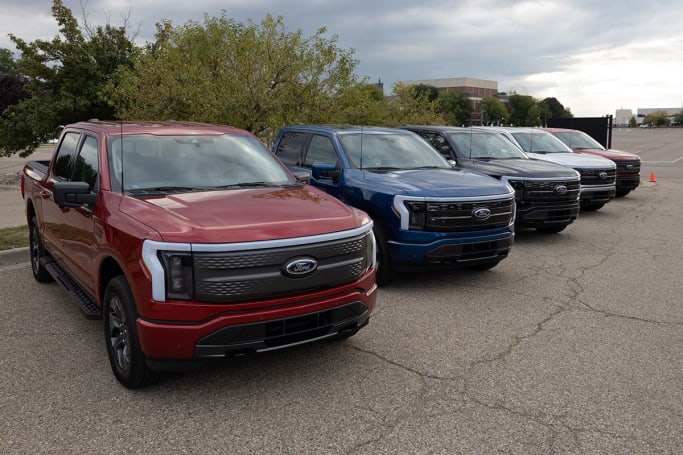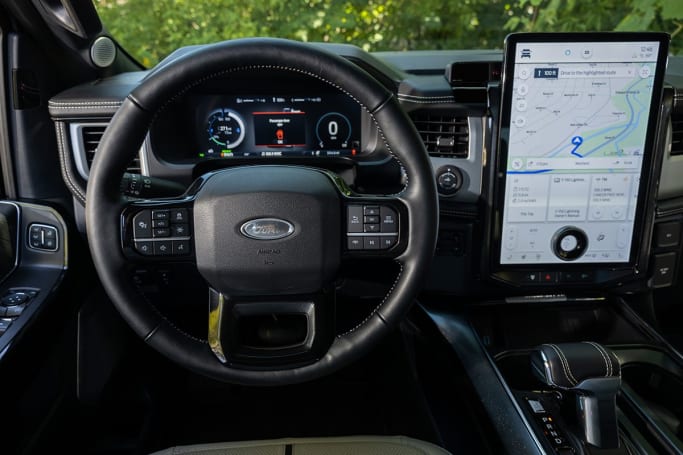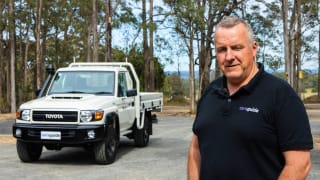Until Ford confirms the Lightning is coming to Australia it’s a mute point, but we can take a look at the US line-up to have an understanding of what we could get if Ford gives it the green light.
In its domestic market there are four variants to choose from - Pro, XLT, Lariat and Platinum. The range begins at US$39,974 for the Pro, which converts to approximately $60,000 - although, to be clear, a direct currency conversion is not a definitive price but does give an approximate idea of a starting point.
Next up is the XLT for US$52,974 (approx. $80,000), the Lariat from $67,474 (approx. $100,000) and the range is topped by the Platinum, which is priced from US$90,874 (approx. $135,000).

What those prices don’t factor in is the cost of producing right-hand drive models. Presumably it would have to be a local conversion given that’s the case with the petrol-powered F-150. Using the F-150’s locally-available rivals - the Chevrolet Silverado and Ram 1500 - as a guide, both of these models start well above six-figures (before on-road costs) - $121,000 for the Chevrolet, and $111,950 for the newer Ram.
That could mean the entry-level Lightning could be as much as $150,000 and run above $180,000 for the fully-loaded Platinum.
The Pro is, as the name suggests, targeted at tradies and comes equipped with the standard-range battery, while some of the equipment highlights include 18-inch alloy wheels, LED headlights, carbon black grille plus a strong suite of safety features and a 12.0-inch multimedia screen running Ford’s 'SYNC 4' system.

But we spent our time driving the XLT and Platinum, so we’ll focus on those two models.
Stepping up from the Pro to the XLT brings unique 18-inch wheels, leather trim, power adjustable seats and other creature comforts as well as the option to upgrade to the 'Extended Range' battery.
The Platinum feels on another level, though, particularly in terms of its cabin presentation and technology, with a huge 15.5-inch touchscreen that makes it look and feel a lot more hi-tech thanks to its newer SYNC 4A media set-up.

Other upgrades for the Platinum include unique 22-inch alloy wheels, body-coloured bumpers and the Extended Range battery and helpful features, such as an on-board smart scale in the tray and tailgate step that pops out (which we’ll detail later).
Obviously, it’s much too early to make a judgement on whether a six-figure electric ute would be good value in Australia given Ford hasn’t even confirmed it for local sale. But what we can say is that all the elements are there for Ford to create a compelling range for the local market. Because, for reasons we’ll explain as we go, the F-150 Lightning has the potential to blur the line between a ute and a luxury lifestyle vehicle.





















